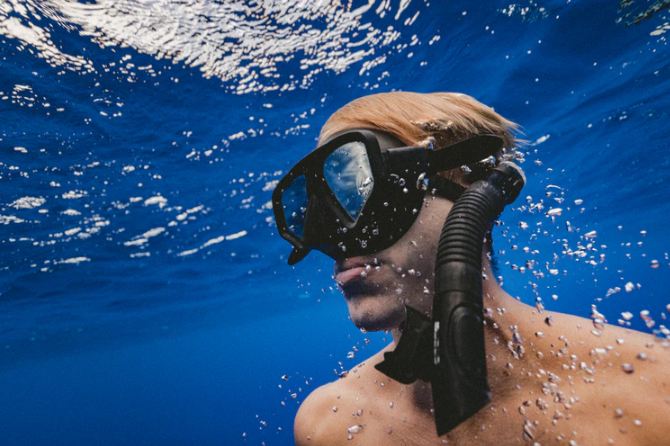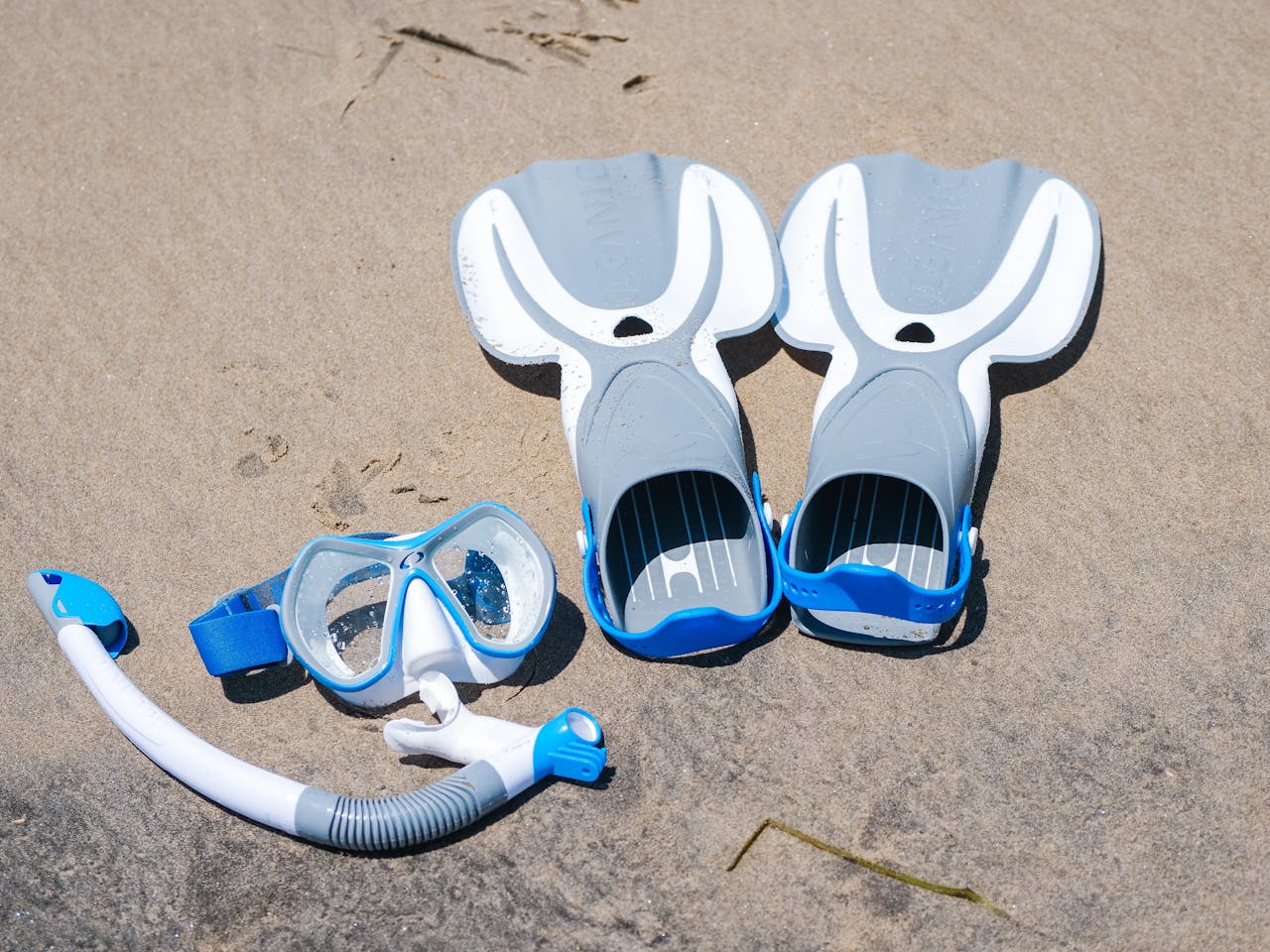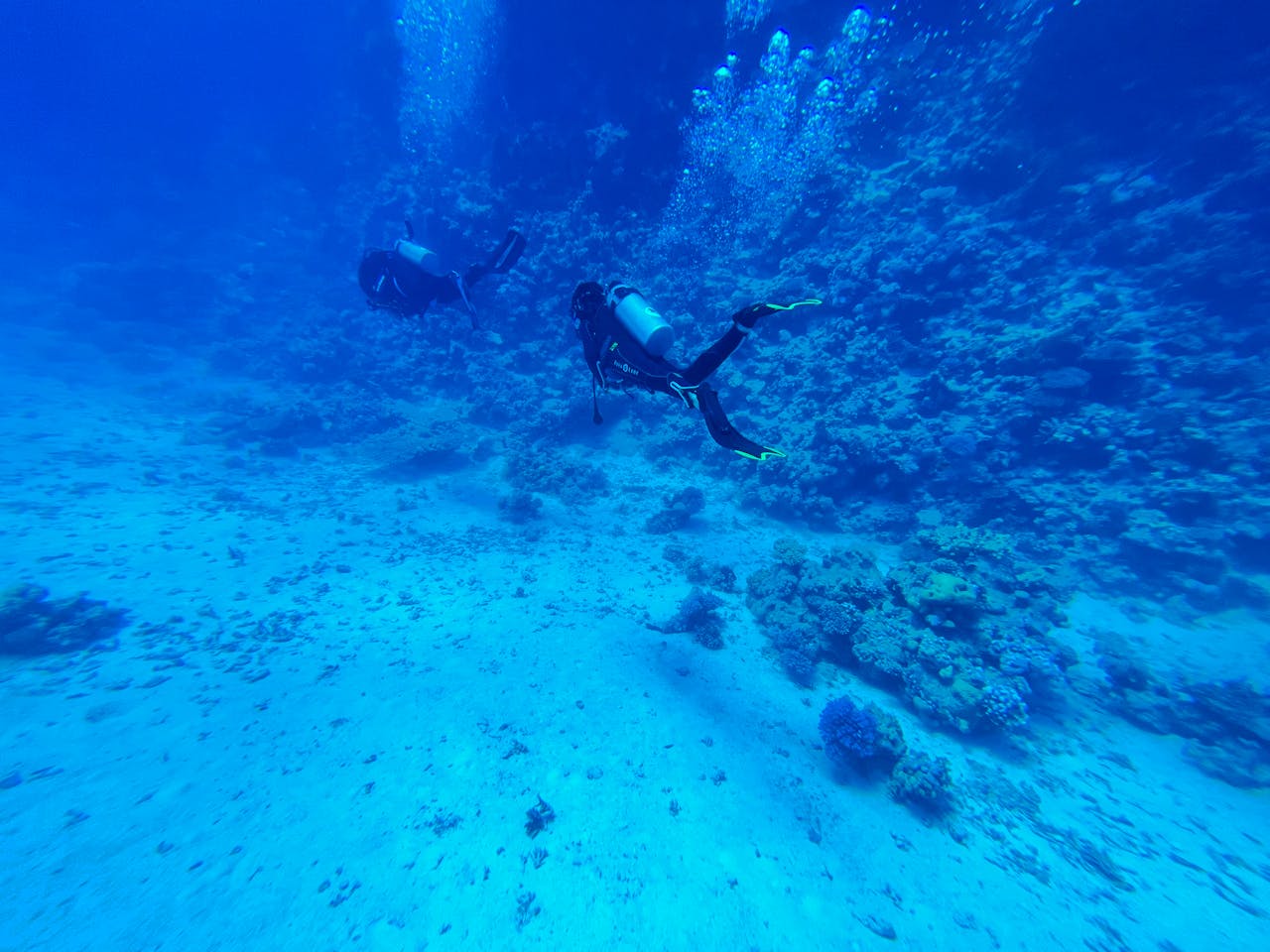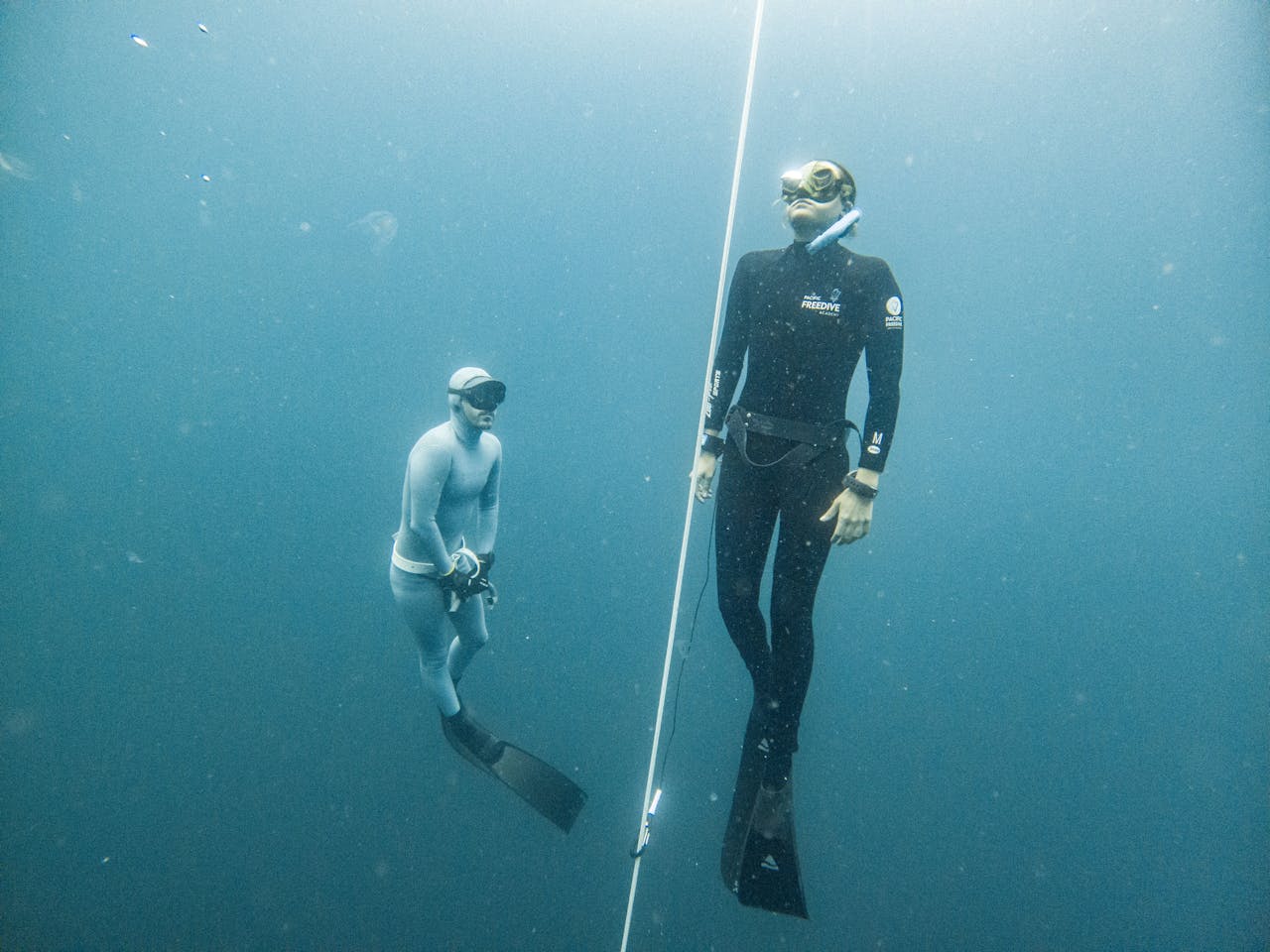Choosing a Dry Snorkel for Your Next Snorkeling Adventure
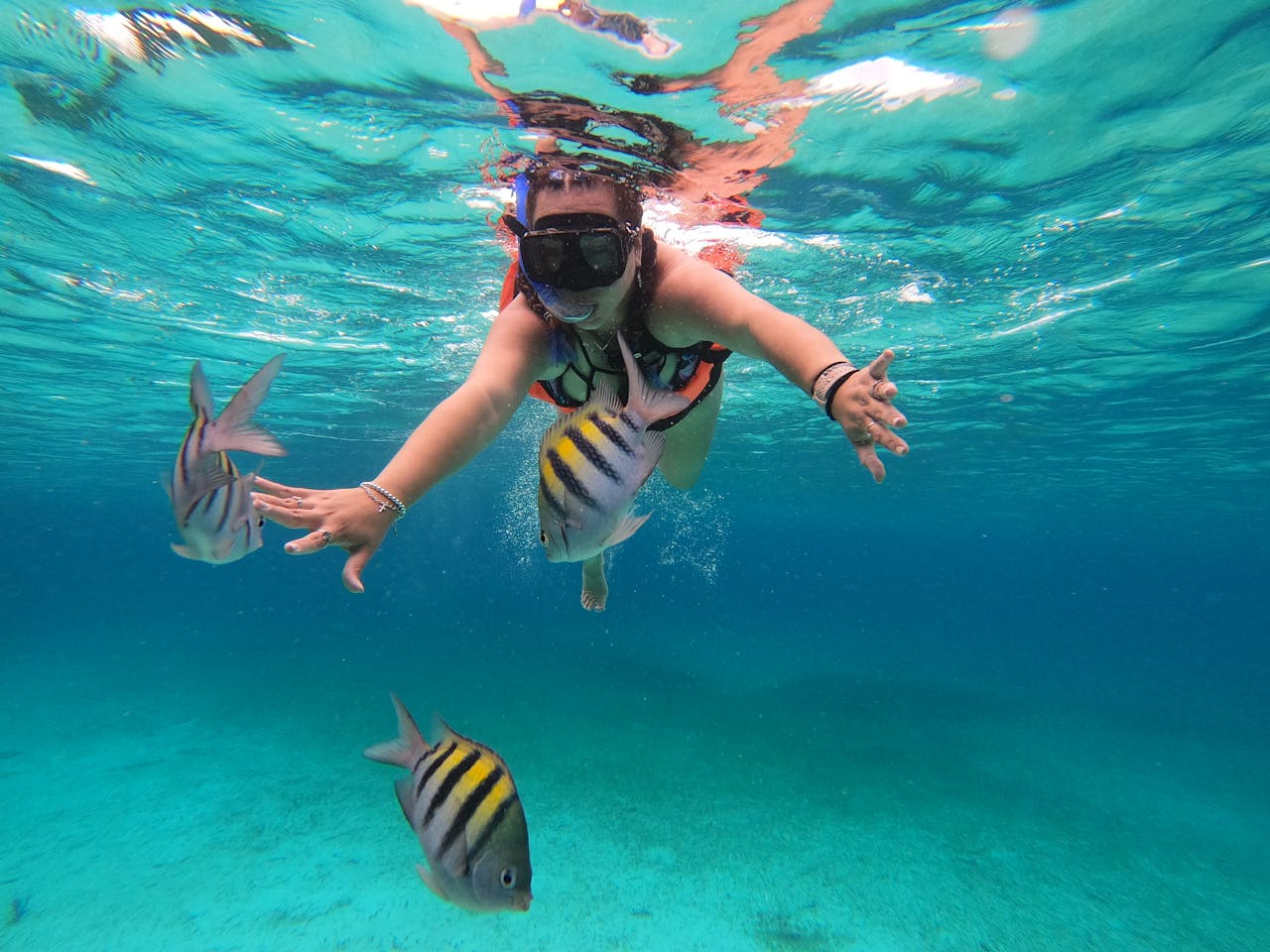
When choosing a dry snorkel for your next expedition, prioritize valve efficiency and overall buoyancy. Look for a comfortable silicone mouthpiece and adjustable straps for a custom fit. Consider your snorkeling style - surface swimmers may prefer splash guards, while freedivers might opt for low-profile designs. Popular models like the SCUBAPRO Spectra and Nexus offer efficient purge valves and ideal airflow. Don't forget about maintenance; rinse thoroughly after use and store in a cool, dry place. While dry snorkels tend to be pricier, they provide enhanced protection against water intrusion. By understanding the key features and your specific needs, you'll be well-equipped to make an informed decision.
Understanding Dry Snorkel Mechanics
For those new to snorkeling, understanding the mechanics behind dry snorkels can greatly enhance your underwater experience. Dry snorkels feature a sophisticated valve mechanism at the top that automatically seals the airway when submerged, preventing water from entering the tube. This innovative design allows you to enjoy surface floating and quick shallow plunges while maintaining an air pocket within the snorkel. The float valve/dry valve is a key component that seals the tube when submerged. When you're underwater, the floatation device in the dry snorkel shuts off the air pathway. As you surface, you can immediately resume breathing without clearing the tube of water. This feature proves especially useful for beginners or those who prefer a hassle-free snorkeling excursion.
However, it's critical to recognize that dry snorkels aren't foolproof. Improper positioning can still lead to water entry, so proper technique is indispensable. Additionally, the trapped air in dry snorkels may cause increased buoyancy, potentially affecting your balance and maneuverability in the water. As you choose a dry snorkel for your next venture, consider these factors to ensure you select the best option for your needs and skill level.
Key Features to Consider
Snorkel enthusiasts should carefully evaluate several key features when selecting a dry snorkel for their next underwater foray. When choosing between dry, semi-dry, or traditional snorkels, ponder your experience level and intended activities. Dry snorkels offer a valve mechanism that prevents water entry, allowing for shallow submerges while keeping your breathing tube dry. However, they may affect your underwater maneuverability due to increased buoyancy. Full face snorkel masks provide an alternative option that creates a water barrier around the entire face, allowing natural breathing through the nose and mouth.
Semi-dry snorkels provide a compromise, with angled slits that direct water away while still allowing some entry when fully immersed. This design can be ideal for those who want protection without sacrificing performance. When evaluating dry snorkels, pay attention to the purge valve, which helps clear any water that may enter the tube.
Key features to consider:
- Valve mechanism efficiency
- Floatation device design
- Overall snorkel buoyancy
- Breathing resistance
- Purge valve effectiveness
Remember that your choice should align with your personal preferences and comfort level. While dry snorkels offer excellent water protection, they may require more maintenance and can be bulkier than traditional models. Ponder trying different styles to find the perfect balance between water protection and ease of use for your snorkeling forays.
Comfort and Fit
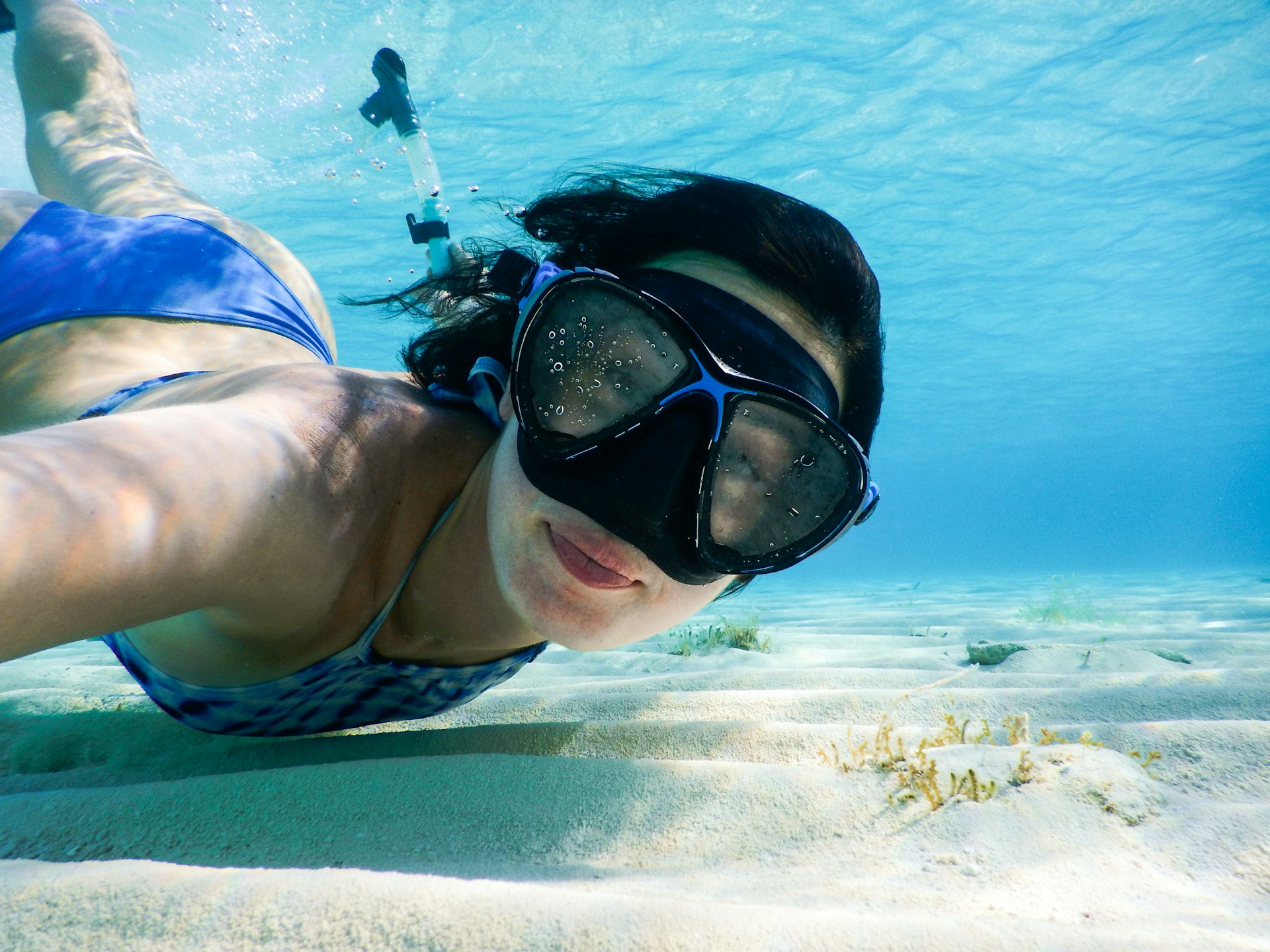
A comfortable and well-fitted dry snorkel can make or break your underwater experience. When selecting your snorkel, prioritize comfort and fit to ensure an enjoyable and leak-free journey.
Start by examining the mouthpiece, which should be made of soft, comfortable silicone. This material allows for extended wear without causing jaw fatigue or irritation. Next, consider the tube diameter. It should be large enough to facilitate easy breathing but not so wide that it creates excessive drag in the water.
A well-fitted mask and snorkel combination is indispensable for creating a tight seal and minimizing water intrusion. Look for adjustable straps on both the snorkel and mask, as these allow you to customize the fit to your unique face and head shape. Take the time to adjust these straps properly before entering the water.
Maintenance and Longevity
Maintaining your dry snorkel properly is essential for ensuring its longevity and ideal performance. To keep your mask and snorkel in top condition, you'll need to take care of it after each use. Start by thoroughly rinsing your snorkel with fresh water to prevent corrosion, especially around the dry top mechanism. Once you've rinsed it, allow your snorkel to dry completely before storing it. This prevents mildew and bacterial growth that can degrade the materials over time.
Regularly inspect your snorkel's components, including the mouthpiece and dry top valve, for signs of wear or damage. If you notice any issues, it's best to replace the snorkel to maintain its functionality and safety. By following these maintenance practices, you can extend your dry snorkel's lifespan and enjoy many snorkeling explorations.
- Rinse with fresh water after each use
- Allow to dry completely before storing
- Inspect regularly for wear and damage
- Replace when components are no longer functioning properly
- Store in a cool, dry place away from direct sunlight
Comparing Popular Dry Snorkel Models
Now that you're familiar with proper maintenance, let's examine some popular dry snorkel models to help you make an informed decision. When comparing dry snorkels, you'll find a range of options to suit different needs and preferences.
The SCUBAPRO Spectra Dry Snorkel stands out with its efficient purge valve and dry top design, effectively preventing water from entering the tube. This model offers excellent protection against water intrusion, making it ideal for those who prioritize staying dry while snorkeling.
For snorkelers seeking optimal optimal breathing performance, the Nexus Snorkel is worth considering. Its design minimizes drag and maximizes airflow, ensuring comfortable breathing during your underwater explorations.
If you're looking for versatility and easy storage, the Apnea Snorkel might be the right choice. It attaches directly to your mask strap and can be folded up when not in use, making it convenient for travel.
When choosing between dry snorkels and semi-dry snorkels, keep in mind that dry models typically come with a higher price tag. However, they offer enhanced protection against water intrusion, which may be worth the investment depending on your snorkeling habits and preferences.
Choosing Based on Snorkeling Style
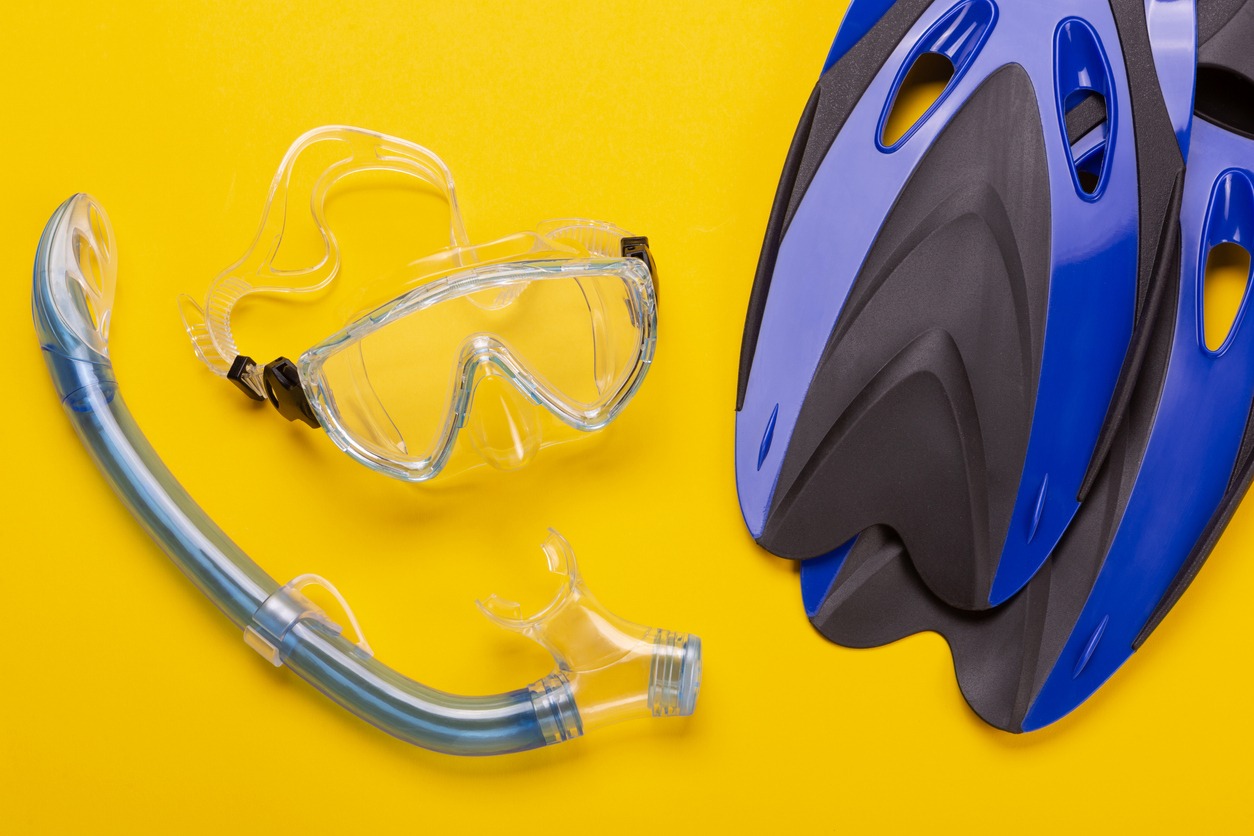
Versatility in snorkeling equipment can greatly enhance your underwater experience. When choosing a dry snorkel, consider your preferred snorkeling style to find the best fit. If you're a surface snorkeler, opt for a dry snorkel with splash guards. These prevent water intrusion and allow quick access to breathe comfortably.
For experienced freedivers and spearfishers, simple J-tube snorkels offer a low profile and minimal drag, ideal for extended breath-holding plunges. Scuba divers might prefer semi-dry snorkels during surface swims, conserving tank air without fully preventing water entry.
If you're planning deeper plunges, consider a dry snorkel with a buoyant design to maintain neutral buoyancy. However, be aware that these may restrict breath-holding for freedivers. For versatile performance, the Kapitol Reef snorkel's unique dual-tube design combines the benefits of dry and traditional snorkels.
To help you choose the right dry snorkel for your style:
- Assess your primary snorkeling activity
- Consider your experience level
- Evaluate the water conditions you'll encounter
- Think about your comfort with different snorkel types
- Factor in any additional activities you might pursue (e.g., freediving or scuba)

